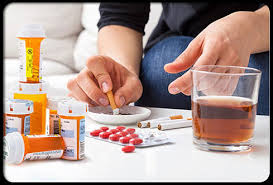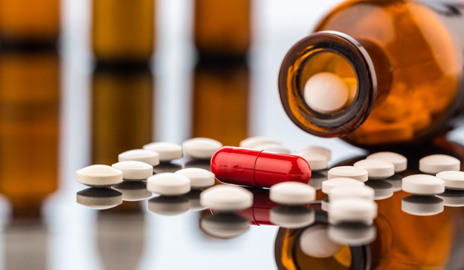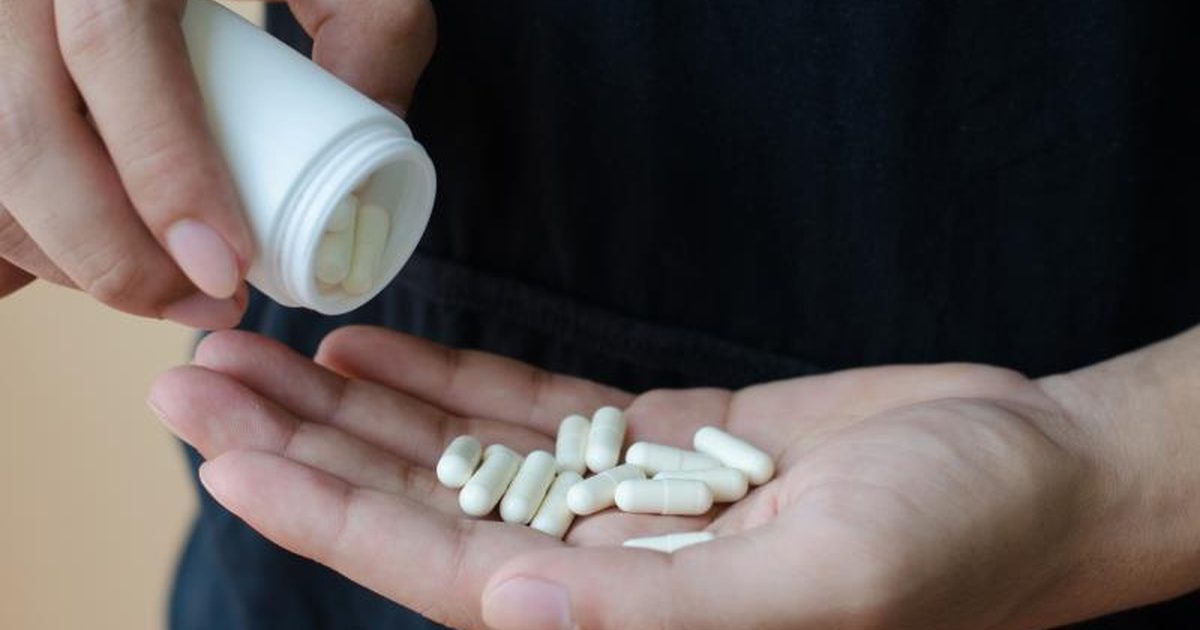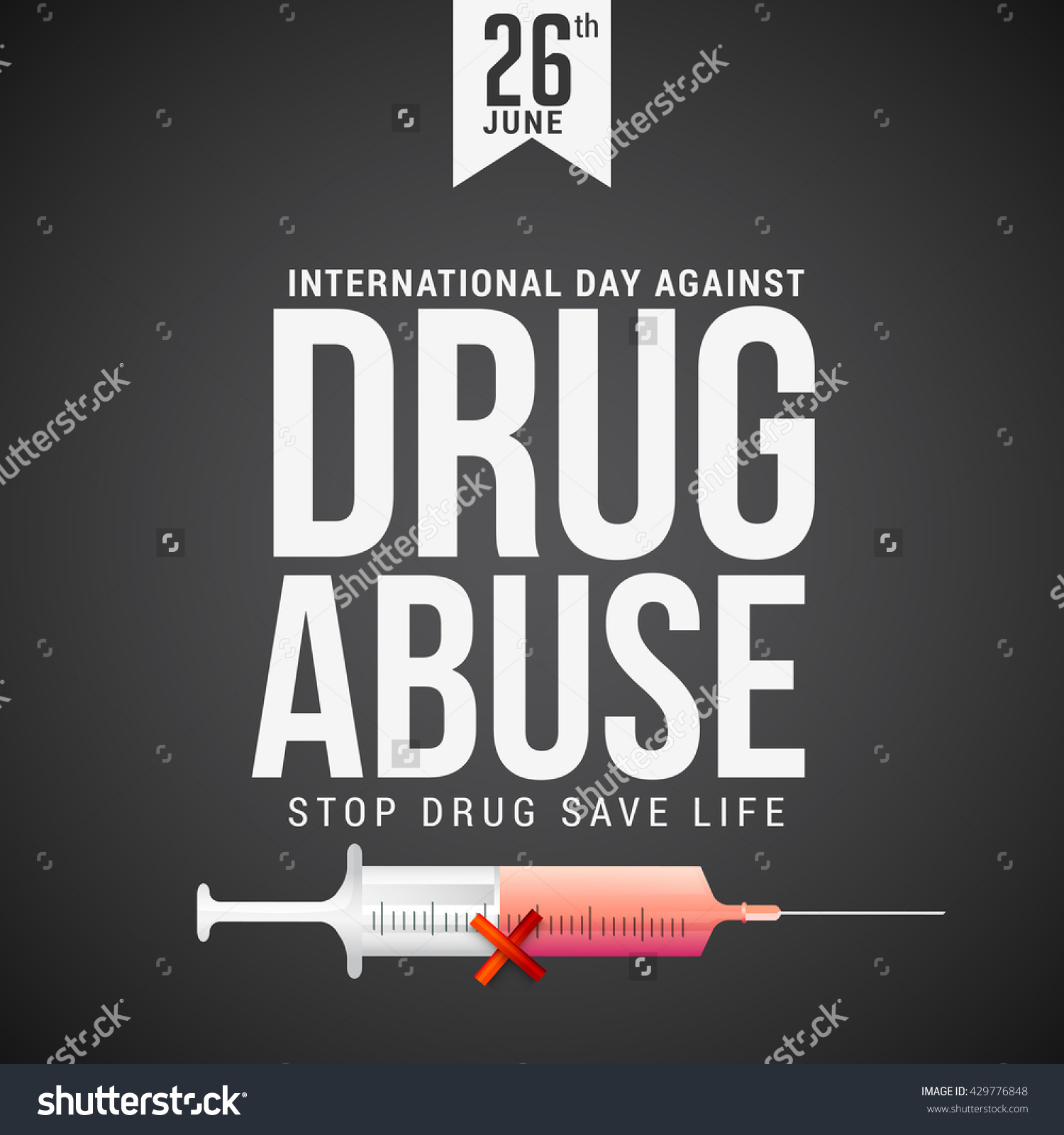Painkillers motivates addiction

Painkillers motivates addiction and are the biggest concern in substance abuse today
Painkillers motivates addiction: Medications for Opioid Withdrawal
For sure opioid withdrawal is difficult to endure. Because of that, it is clear that painkillers motivate addiction in many ways. They are relapse triggers and it is only fair that we take tailored actions towards correcting damages and harms for a healthy living. Medications are used to prevent symptoms of opioid withdrawal during detox, easing the person out of physical dependence:
Methadone – this is a long-acting opioid drug. It activates the same opioid receptors as narcotics, effectively eliminating withdrawal symptoms. Providing the correct dose of methadone prevents opioid withdrawal symptoms and eases drug craving but it does not provide the euphoria. The dose can be slowly tapered off, freeing the person from physical dependence without withdrawal symptoms. Methadone is the most effective known treatment for narcotic addiction.
Buprenorphine and Naloxone (Suboxone) – this is a newer combination drug that helps for detox from prescription opioid addiction. Buprenorphine activates opioid receptors, reducing drug craving and preventing withdrawal. Naloxone helps prevent misuse of the medication.
Clonidine – this is a blood pressure medicine that acts on the brain. Clonidine reduces the effects of the “fight or flight” response, which is over-activated during opioid withdrawal. However, clonidine does nothing to reduce drug craving and is mostly ineffective when used alone.
Rapid detox programs – claim to accelerate the process of detox and opioid withdrawal by giving large doses of opioid-blocking drugs. Some programs place an addict under general anesthesia during the detox process. These programs have not proven to be more effective than traditional methods of detox and may be more dangerous.
Painkillers motivates addiction: Maintenance therapy after detox
The reason why detoxification is very important is because detox subdues and neutralizes the physical effects of narcotic addiction and opioid withdrawal. Experts are saying that even though detoxification is the first step mainly for the subduing the physical effects, it has very little to do with the psychological and social factors which are the main drivers that push addicts back and succumb to relapse. All stressful and other situations that remind the brain of the drug’s pleasure are also common triggers.
When drug cravings strike, they can be impossible to resist. Most people who go through detox and short-term counseling will relapse to prescription drug abuse.
Methadone is the best-studied, most effective method of recovery from narcotic addiction. Suboxone, while newer, has gained wide acceptance as maintenance therapy.
Some people have a high rate of relapse when maintenance therapy is stopped, and so they remain on the medicines for decades. In others, maintenance therapy is tapered off over months to years.
Painkillers motivates addiction: Counseling Programs
Narcotics Anonymous (NA) is an international network of community-based meetings for those recovering from drug addiction. Modeled after Alcoholics Anonymous (AA), NA is a 12-step program with a defined process for overcoming narcotic addiction.
NA is an abstinence-based program. In principle, NA is opposed to the use of maintenance therapy. Methadone Anonymous is a 12-step program that acknowledges the value of methadone or Suboxone in recovery from narcotic addiction. Most experts and treatment centers recommend participation in a 12-step program or another form of counseling. Therapy can take place as an outpatient, or in a residential facility. Alternatives to 12-step programs may include cognitive behavioral therapy, family, and couples therapy and motivational interviewing. Finally, you must be ready for this financially because recovery from prescription drug addiction can be costly. However, it is far less costly in comparison with the cost of addiction and continuous use of drugs. Therefore embracing the principal of prevention should be very ideal but because of the environment we live in, this may be very difficult to achieve effectively. But even if this is the case, all is not lost because there is still hope for the professional treatment offered by experts at AWAREmed Health and Wellness Resource Center under the able leadership of doctor Dalal Akoury. You can schedule an appointment with her today for the commencement of your treatment.
Painkillers motivates addiction: Medications for Opioid Withdrawal
http://regenerativepotential.com/wp-admin








